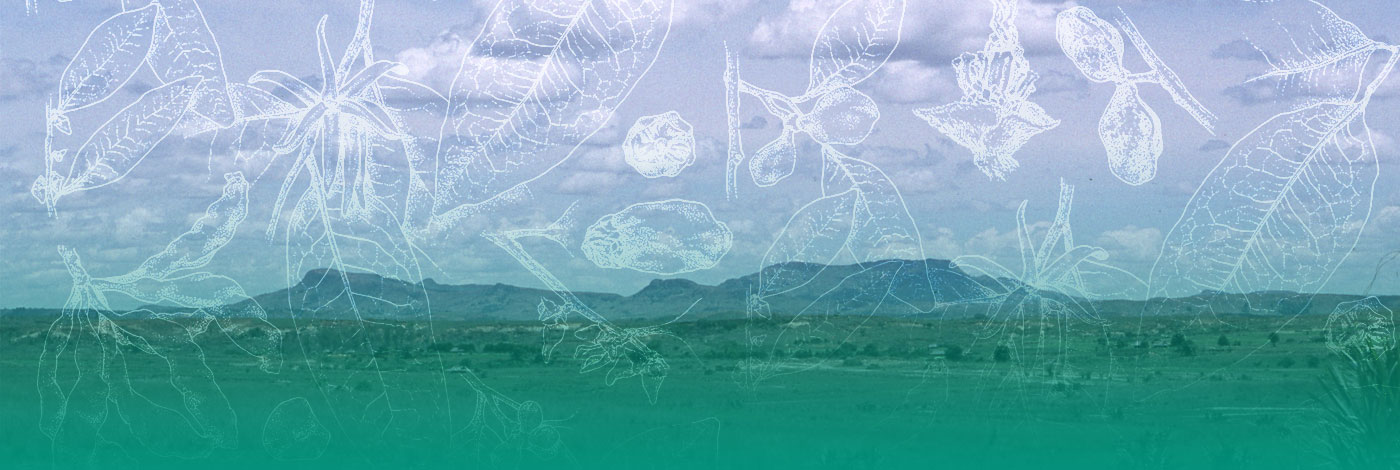
 Adansonia
22 (2) - Pages 217-221
Adansonia
22 (2) - Pages 217-221An example of the rare phenomenon of an organism that persists in cultivation but is extinct in the wild is reported. The tree Moringa hildebrandtii (Moringaceae) has been thought to grow wild along the west coast of Madagascar, but field work and interviews with local inhabitants show that native populations do not occur in this area, or anywhere else on the island. However, the tree is abundantly cultivated in villages, and all herbarium collections made since its discovery in 1880 stem from such plantings. Ethnobotanical and other data suggest that the tree originally grew in the extreme southwest of the country: 1) The common name of the tree (hazomaroseranana) implies an association with this area, which was under the control of the Maroseranana people for nearly 400 years; 2) All other Moringa species worldwide occur in similar semi-arid habitats, which are not found elsewhere in Madagascar. Exploration for the plant should focus on this area.
conservation, exploration, extinction, cultivation, Madagascar, Moringa, Moringaceae